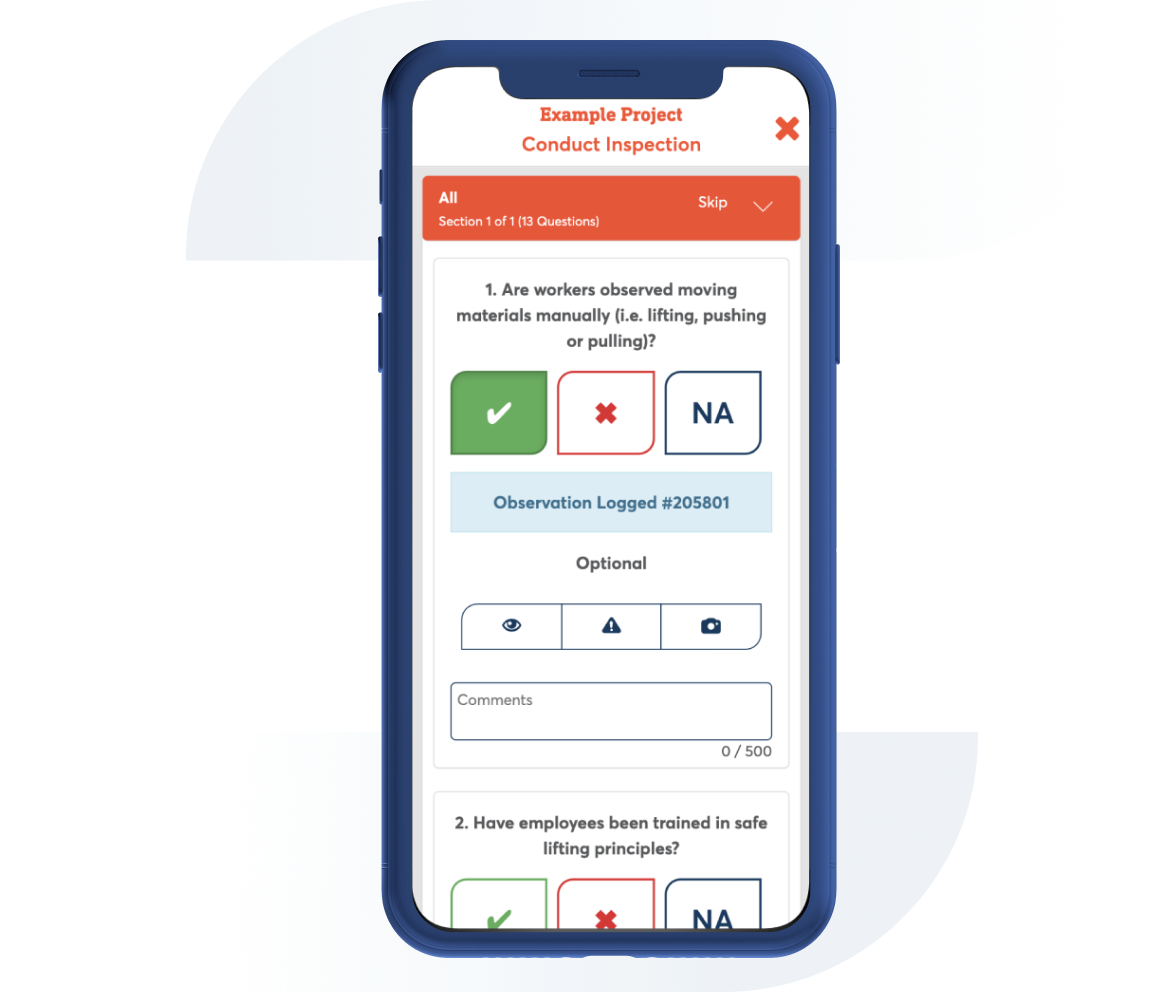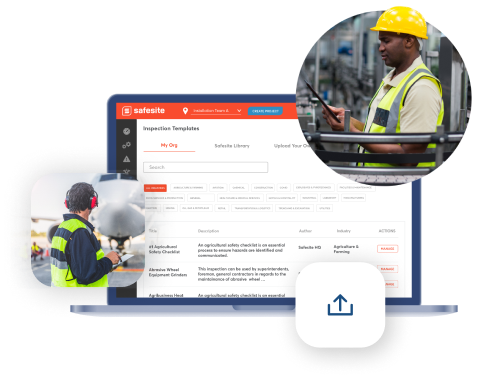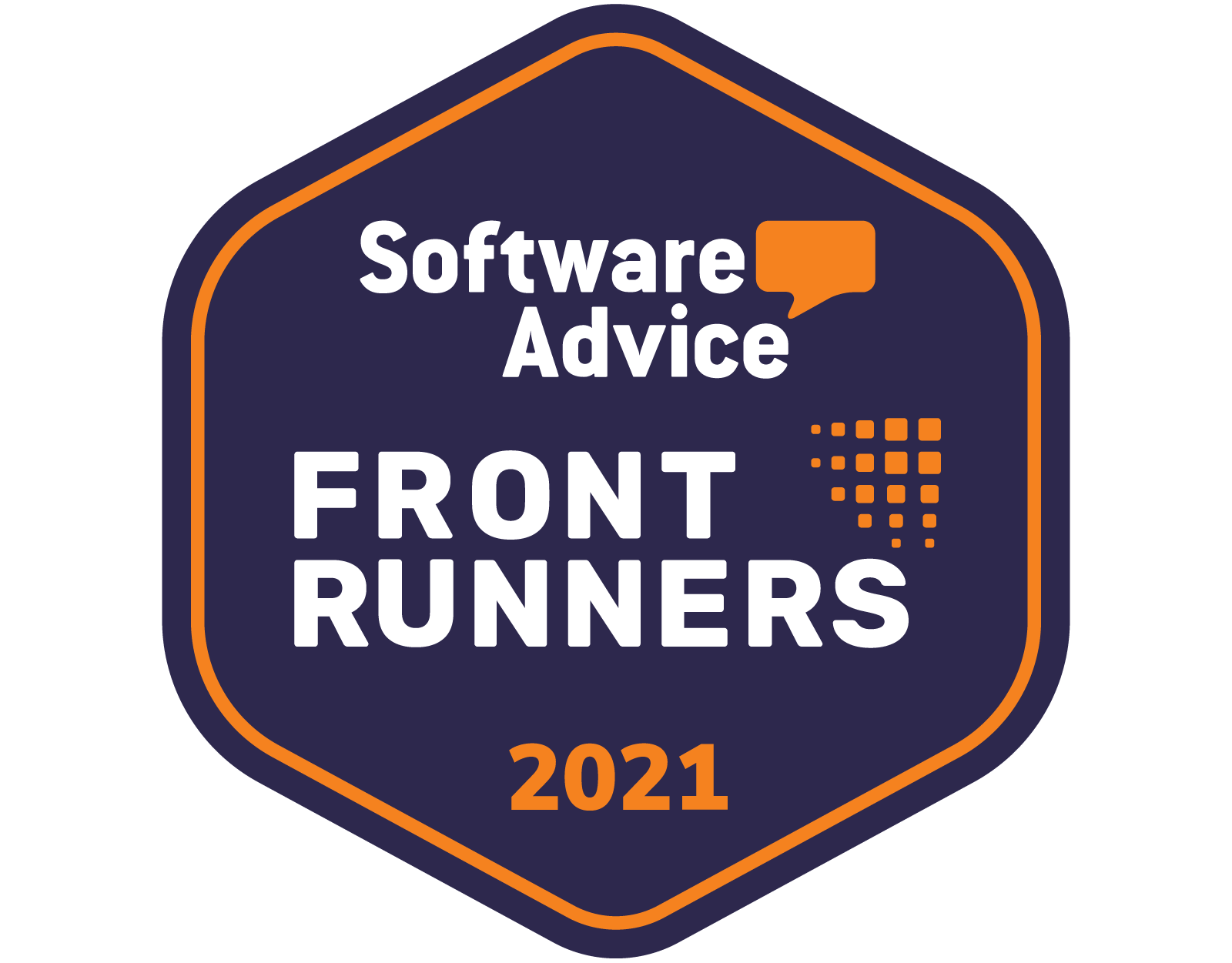Petrochemical Pre-Startup Safety Review (PPSR) Checklist
Contributor: Safesite Jurisdiction: OSHA
Complete this checklist to ensure that new or modified mechanisms have been thoroughly inspected prior to startup and the introduction of PSM/RMP chemicals and are compliant with OSHA standards.

Template Preview
1. Has protection been provided against overpressure and vacuum and is the correct size and setting relief device been installed?
Actions
2. Is relief device discharge piping adequately braced against reaction forces and directed away from personnel?
Actions
3. Have weep holes or drains been provided in the discharge piping of pressure relief devices?
Actions
4. Have block valves been installed in relief device piping? If YES are they full port valves and are they locked open?
Actions
5. Have new safety valves and rupture discs been tagged and entered into the routine maintenance program?
Actions
6. Have provisions for cleaning relief device piping been provided?
Actions
7. Have pressure relief device calculations been properly documented and incorporated into the master relief device records?
Actions
8. Have pressure relief devices been captured on safety valve lock list if required?
Actions
9. Have pressure gauges or monitors been installed in the space between a rupture disc and pressure relief valve and is this space being monitored via operator rounds or DCS? Ensure gauge is on operator rounds checklist.
Actions
1. Have personnel been adequately protected from contact with hot surfaces?
Actions
2. Has potential for instrument failure (including computer shutdown) and loss of utilities been adequately addressed?
Actions
3. Has potential for leaks into or out of the process been adequately addressed?
Actions
4. Has potential for improper valve set-up or operating error been adequately addressed?
Actions
1. Have cross-tied lines (pump headers, utility lines, etc.) been avoided where contamination, pressure, or temperature problems are likely?
Actions
2. Has a line by line review been conducted to assure that valves, piping, and vessels are installed as specified?
Actions
3. Are vents and drains located such that they do not create a personnel hazard?
Actions
4. Are sample points installed and properly configure for safe sampling?
Actions
5. Can valves and equipment be safely accessed for operation and maintenance? Do adequate provisions exist for cleanup and can all valves can be locked, blinded or disconnected?
Actions
6. Are hoses and fittings the proper type and have bleedoffs been provided at hose connection points? Have hoses been fitted with current inspection tags? Were brittle pipe failure issues addressed?
Actions
7. Has adequate back-flow prevention been provided and installed properly?
Actions
8. Has appropriate testing been completed to ensure integrity of new or revised piping systems and is the piping system adequately supported or braced?
Actions
9. Are process sight glasses, flow indicators, gauges, etc. properly armored?
Actions
10. Have lines and vessels been clearly labeled, including flow arrows and hazard identification symbols?
Actions
11. Has material of construction been verified to assure correct material was received and installed as per specifications? Were brittle pipe failure issues addressed?
Actions
12. Has the testing fluid been properly flushed from the piping or vessel and all test blanks and blinds been removed?
Actions
13. Have drawings been revised to show “as installed” condition?
Actions
14. Have equipment and piping been registered in the inspection program with new inspection due dates included? Has baseline Mechanical Integrity Inspection been performed and documented?
Actions
15. Have valve, piping, and equipment been pressure checked?
Actions
16. Have stress relieving requirements been met?
Actions
17. Has Risk Based Inspection evaluation and grouping been performed as required by N-G-MC-105?
Actions
1. Have adequate equipment guards been installed and adequate provisions exist for clean-up, isolation, and lock-out of equipment to perform maintenance?
Actions
2. Have deadhead pressure and seal leakage been considered for pumps?
Actions
3. Has the rotation of equipment been checked to assure it is correct and the lubricants and seal fluids been properly charged?
Actions
4. Is equipment adequately labeled?
Actions
5. Are capacities of lifting equipment, floors, and hoists clearly displayed and visible to the operator?
Actions
6. Are mechanical interlocks operating properly?
Actions
7. Has stress on machinery due to piping or nozzle loading been addressed?
Actions
8. Has the Reliability Group been notified n order to establish baseline vibration data or to add equipment to oil analysis monitoring?
Actions
9. Have flex hoses or hoists been installed that must be added to proper inspection programs?
Actions
1. Are instruments and alarms provided where necessary and unnecessary alarms avoided?
Actions
2. Has the fail safe function of valves been properly installed and tested and the actuator air supplies been valved in?
Actions
3. Has the potential for interaction with existing controls been reviewed?
Actions
4. Has the operation of interlocks, alarms, and control loops been verified? Have Z-devices been locked and tested?
Actions
5. Can automatic valves be properly isolated and cleaned for servicing or removal?
Actions
6. Have provisions been made for routine maintenance?
Actions
7. Have instrument loop drawings, cause and effects documents, and specification sheets been updated?
Actions
8. Have Z-devices been included on the lock list for review?
Actions
9. Have analyzers been included in the PM program?
Actions
10. Have SIL calculations been performed on “Z” devices as required by PA-P-EI-100?
Actions
11. Have new Gas Chromatographs or other process stream analyzers been installed in the process that will require scheduled calibration or inspection?
Actions
1. Have the correct electrical classification rules been observed?
Actions
2. Have start/stop switches and electrical switchgear been properly labeled and can electrical equipment be isolated safely by lock-out provisions for repair work?
Actions
3. Have conduit fitting covers been installed, conduit seals poured, and electrical equipment been adequately protected from weather and corrosion?
Actions
4. Have electrical protective relays and safety devices been checked for proper calibration?
Actions
5. Have electrical guards been installed and indicator lights operating properly?
Actions
6. Has ground installation been verified against construction drawings and tested per plant standard?
Actions
7. Are ground wires available for tank trucks, rail cars, and drums (as required)?
Actions
8. Has electrical heat tracing been properly installed, labeled, and provisions for lockout established?
Actions
9. Is critical spare equipment fed from a separate power source?
Actions
10. Have electrical drawings been revised to reflect “as installed” condition?
Actions
11. Where needed are guards provided to prevent accidental tripping of switches?
Actions
1. Have inert blankets, purges, sprinklers, and fire proofing been installed where specified?
Actions
2. Has the installation created the need for relocating or adding fire extinguishers, fire monitors, safety showers, eye baths, or air packs?
Actions
3. Is the lighting adequate?
Actions
4. Have tripping hazards or head knockers been avoided?
Actions
5. Do walkways and ladders provide safe access at all levels and are walking or working surfaces level, properly secured, and do they provide proper traction? Are safety gates properly installed?
Actions
6. Does equipment layout provide safe access for operation and maintenance?
Actions
7. Have elevated work requirements been met?
Actions
8. Is the work area adequately ventilated where needed?
Actions
9. Are adequate provisions made for drum and cylinder handling?
Actions
10. Has the HAZCOM program been updated to reflect changes in chemicals? Are MSDS’s available?
Actions
11. Do signs adequately identify work area hazards and provide proper instruction?
Actions
12. Are exit and egress routes clearly identified?
Actions
13. Have any new noise areas been created or existing areas been made worse?
Actions
14. Has the system been reviewed to assure minimal personnel exposure to toxic chemicals during operation and maintenance?
Actions
15. Can hazardous materials from spills or maintenance preparation be safely handled? Have adequate provisions been made for disposal of all wastes? Have waste lines been routed to appropriate sewers?
Actions
1. Have all environmental permits been obtained? 18. VOC Equipment List update needed and provided to LDAR contractor to ensure new components are tagged and monitored?
Actions
2. Has LDAR P&IDs been color coded with appropriate stream identification and provided to LDAR contractor and TES department as required by PA-P-BR-205?
Actions
3. If expansion joints are being installed, have they been added to the inspection program required by PA-P-MC103?
Actions
4. Have any site boundary isolation points been created or modified? If so, update Master Boundary Isolation documentation.
Actions
1. Have all Management of Change items been completed as required by the MOC Form?
Actions
2. Does the facility comply with all applicable engineering standards and design specifications?
Actions
3. Were any safety problems created during construction package?
Actions
4. Have operating procedures been written, and operating parameters established and has operator training been conducted?
Actions
5. Have the safety and emergency procedures been updated?
Actions
6. Has the potential impact of the change on unchanged facilities been adequately addressed?
Actions
7. Has spare critical equipment been provided and set up in the warehouse inventory?
Actions
1. Have all equipment files been updated?
Actions
2. Have instrument/analyzer procedures been updated?
Actions
3. Have specialty items been documented and included in the PM program?
Actions
4. Does any new equipment installed make existing spare parts obsolete from the storeroom or other staged areas?
Actions
5. Has Equipment Registration along with creation of Functional Location, spare parts, and preventive maintenance been completed as required by PA-P-ME101?
Actions
6. Has MOC Coordinator updated the Control Room Master P&ID’s by attaching the redline P&ID’s to the affected master P&ID’s?
Actions
7. Write Comments or Remarks here:

Can't find what you are looking for?
